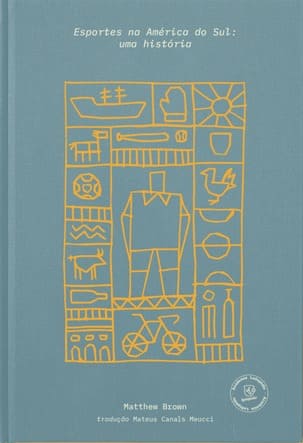Following Stalin’s death in 1953, association football clubs, as well as the informal supporter groups and communities which developed around them, were an important way for the diverse citizens of the multinational Soviet Union to express, negotiate and develop their identities, both on individual and collective levels. Manfred Zeller draws on extensive original research in Russian and Ukrainian archives, as well as interviews with spectators, ‘hardcore ultras’ and hooligans from the Caucasus to Central Asia, to shed new light onto this phenomenon covering the period from the height of Stalin’s terror (the 1930s) to the Soviet Union’s collapse (1991). Across events as diverse as the Soviet Union’s footballing triumph over the German world champions in 1955 and the Luzhniki stadium disaster in 1982, Zeller explores the ways in which people, against the backdrop of totalitarianism, articulated feelings of alienation and fostered a sense of community through sport. In the process, he provides a unique ‘bottom-up’ reappraisal of Soviet history, culture and politics, as seen through the eyes of supporters and spectators.
This is an important contribution to research on Soviet culture after Stalin, the history of sport and contemporary debates on antagonism in the post-Soviet world.







